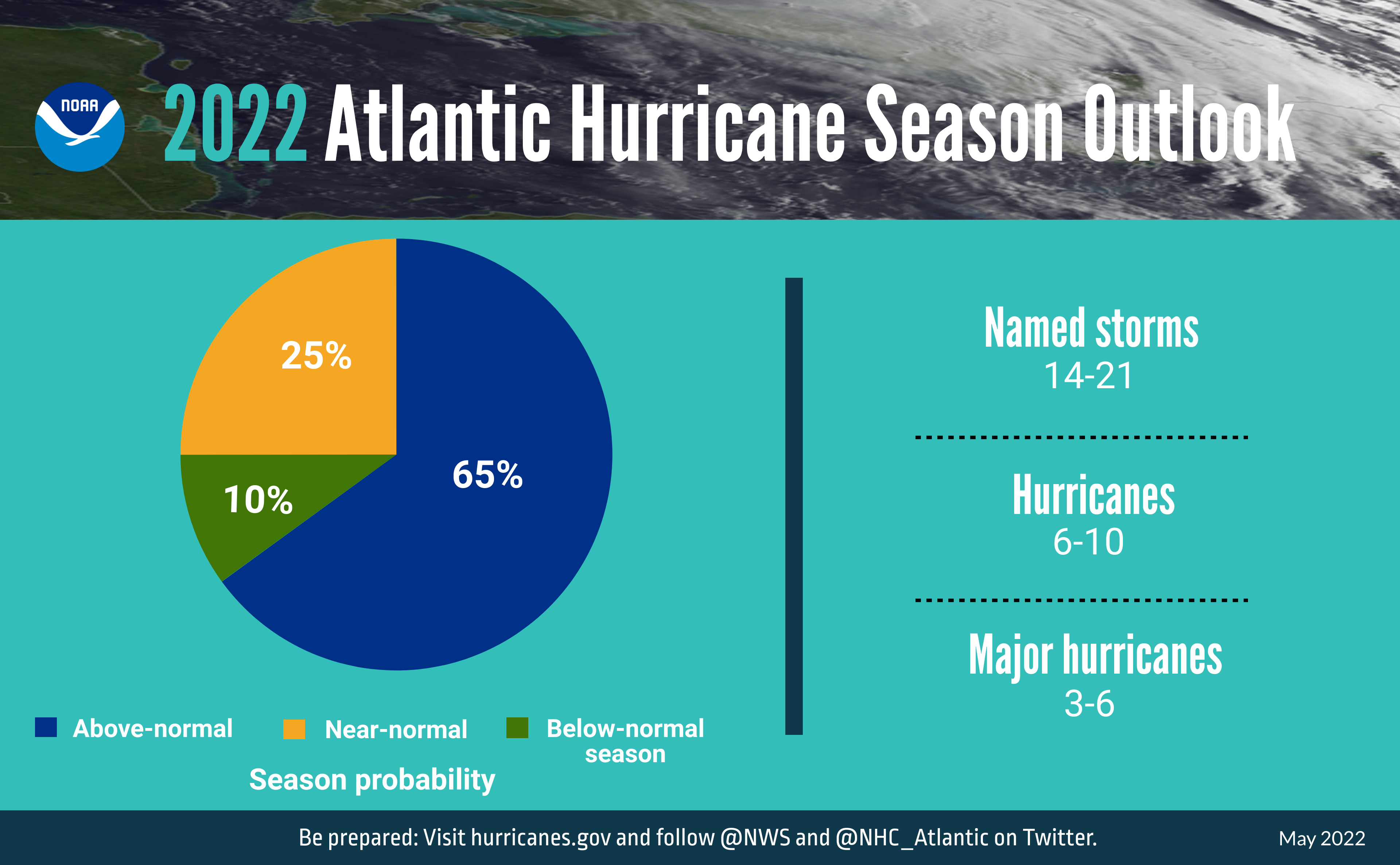


metmike: Looks like we get thru the entire month of August with no tropical storms or hurricanes!
GULP !!
I'm watching the North Carolina coast
Hopefully, you'll dodge any hurricane bullets in 2022, John.
https://www.nhc.noaa.gov/gtwo.php?basin=atlc&fdays=2
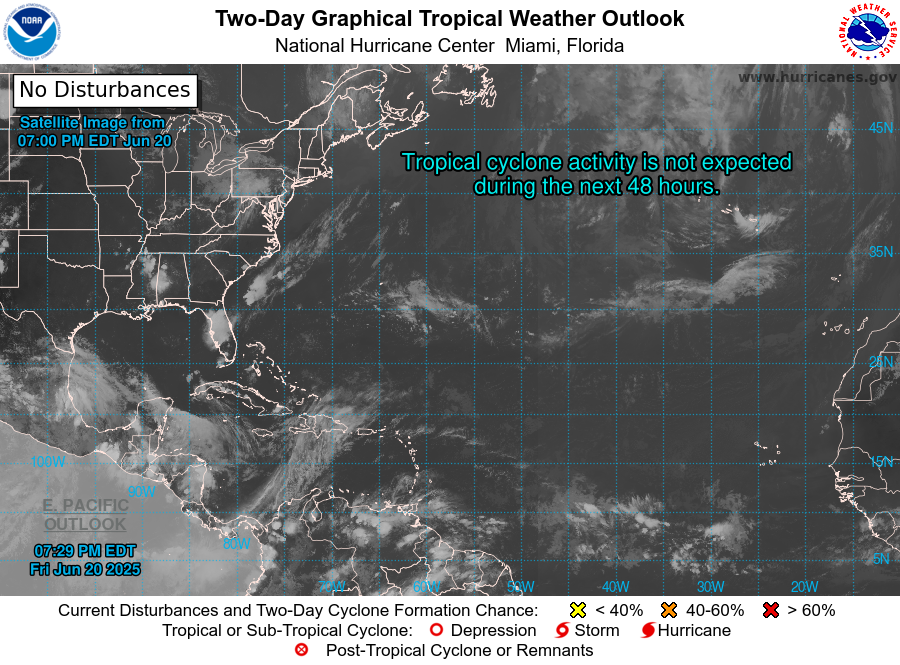
Previous thread on this with some key items copied below.
https://www.marketforum.com/forum/topic/87647/
Ongoing La Niña, above-average Atlantic temperatures set the stage for busy season ahead
https://www.noaa.gov/news-release/noaa-predicts-above-normal-2022-atlantic-hurricane-season
or the 2022 hurricane season, NOAA is forecasting a likely range of 14 to 21 named storms (winds of 39 mph or higher), of which 6 to 10 could become hurricanes (winds of 74 mph or higher), including 3 to 6 major hurricanes (category 3, 4 or 5; with winds of 111 mph or higher). NOAA provides these ranges with a 70% confidence.

+++++++++++++++++++
NOAA scientists.

Some awesome data/graphics displayed at this link!
https://www.nhc.noaa.gov/climo/
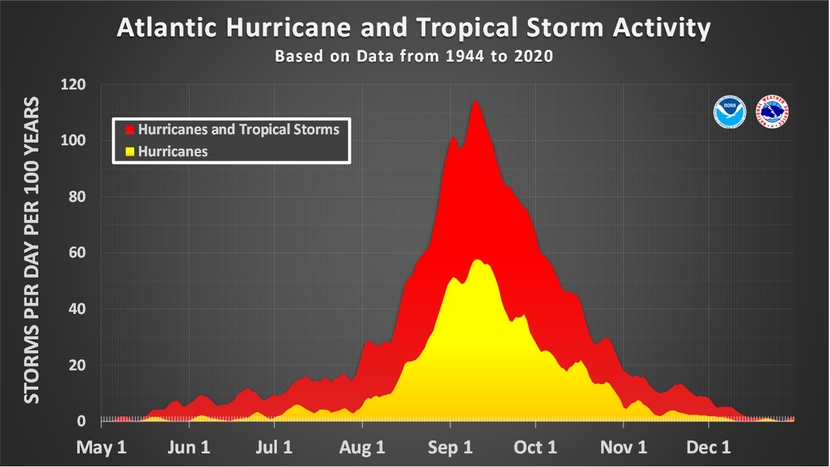
![[Map of return period in years for hurricanes passing within 50 nautical miles]](https://www.nhc.noaa.gov/climo/images/return_hurr_sm.jpg)
Estimated return period in years for hurricanes passing
within 50 nautical miles of various locations on the U.S. Coast
++++++++++++++++++++++++++++++++++++++++++++++++++++++++++++++++
![[Map of 1900-2010 Major Hurricane Strikes by U.S. counties/parishes]](https://www.nhc.noaa.gov/climo/images/strikes_us_mjr_sm.jpg)
1900-2010 U.S. Major Hurricane Strikes
++++++++++++++++++++++++++++++++++++++++++++++++++++++
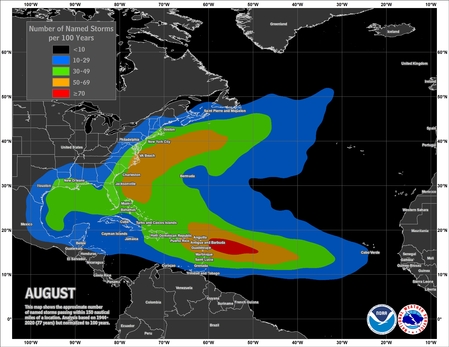
Still no threats to the US but we are approaching peak hurricane season.
https://www.marketforum.com/forum/topic/88455/#88477

This is Earl below:
https://www.nhc.noaa.gov/graphics_at1.shtml?start#contents

https://www.foxweather.com/weather-news/hurricane-danielle-forms-atlantic

Some action in the far Eastern Pacific:
Hurricane Kay will weaken but on the outer northeast fringe, send some rains into the the Southwest. Far S.California could get a couple of inches.
https://www.nhc.noaa.gov/refresh/graphics_ep2+shtml/235716.shtml?cone#contents

https://www.marketforum.com/forum/topic/83844/#83848
7 Day Total precipitation below:
http://www.wpc.ncep.noaa.govcdx /qpf/p168i.gif?1530796126
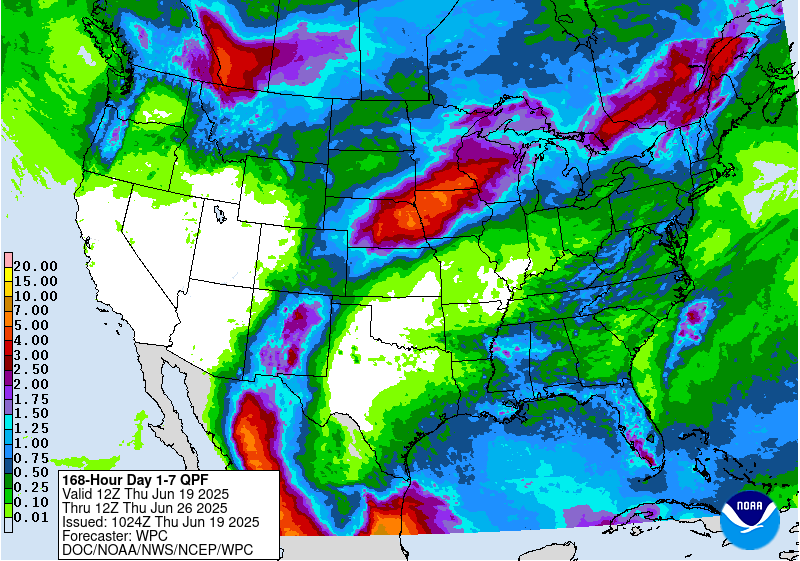
NWS in Phoenix. Remnants of Kay.
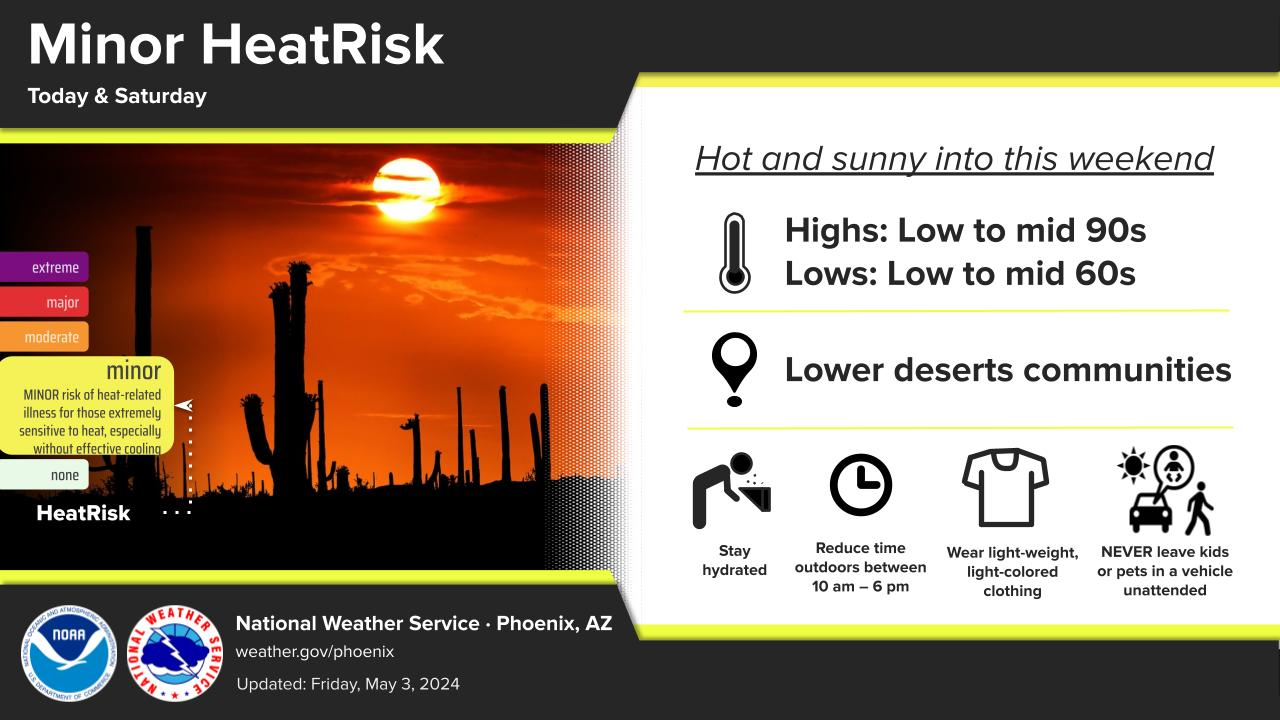
They will be glad to get more rain, especially any that gets into California.
Soil moisture in AZ and NM to se.NV and sw.CO is actually pretty good right now thanks to the robust monsoon.........that has caused Lake Mead levels to increase around 4 feet from the bottom in July.
https://www.cpc.ncep.noaa.gov/products/Soilmst_Monitoring/US/Soilmst/Soilmst.shtml#
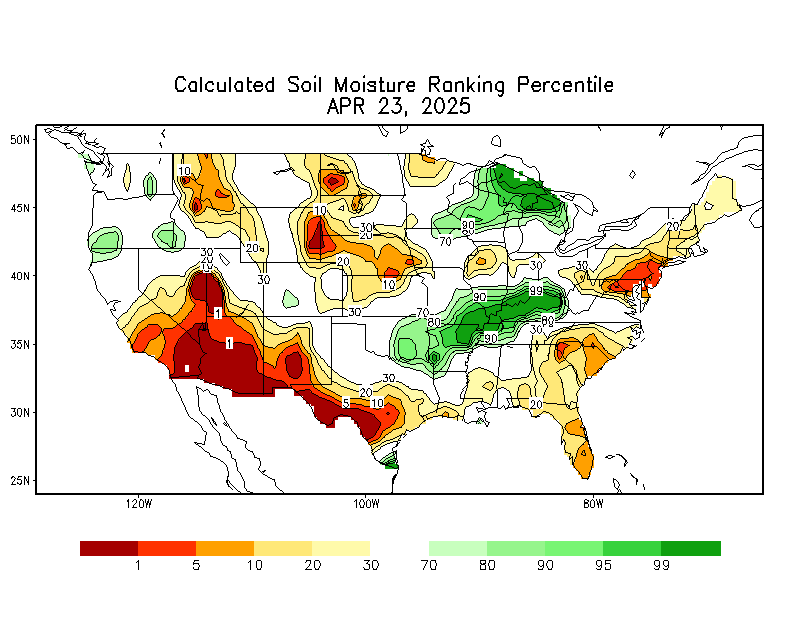
Kay moves west, away from the coast but tropical rains benefit areas of the West.
https://www.marketforum.com/forum/topic/83844/#88696
https://www.marketforum.com/forum/topic/83844/#88697
yes, i have noticed that hurricane season seems to be rather mild (so far). normally it should start in august, but we have not heard much at all.
must be global warming :-)
more storms than normal, must be global warming. fewer storms than normal, must be global warming.
and if we were to enter a new ice age... i am sure that someone would say it is just a symptom of global warming.
"and if we were to enter a new ice age... i am sure that someone would say it is just a symptom of global warming."
They already covered that one bear!
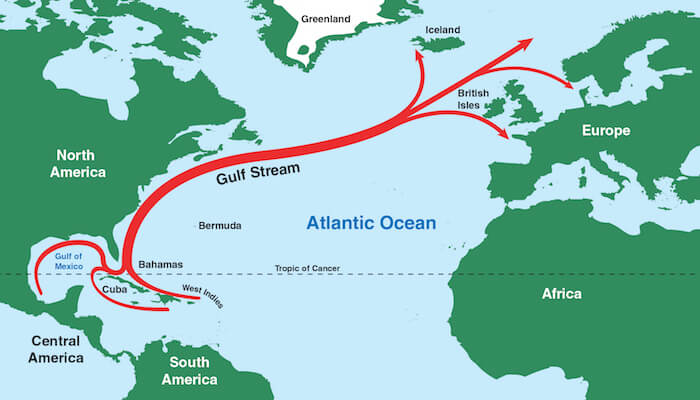
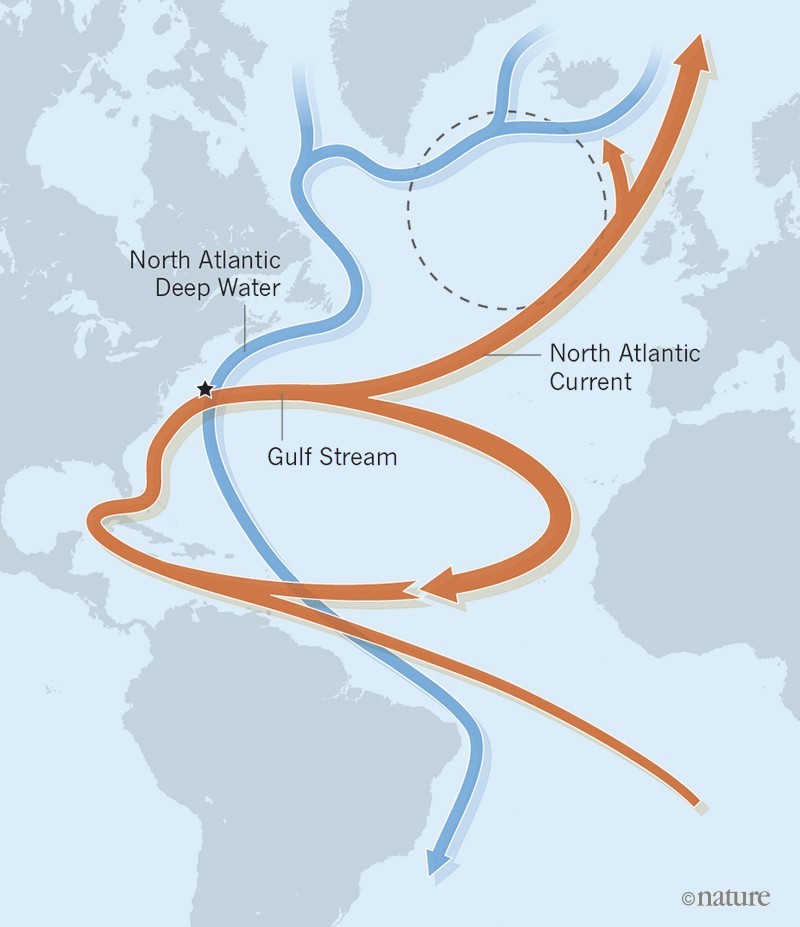
Both research teams concluded that the AMOC weakening has been initiated and sustained by human-caused global warming, leading to significant melting of the Greenland Ice Sheet. Cool, fresh meltwater from ice sheets and glaciers on Greenland, Baffin Island, Iceland, and the Arctic Ocean, they say, blunted the AMOC.
metmike: There you go, bear. That's how human-caused global warming will cause an Ice Age.
A bit different than the reasoning that they use to blame extreme Winter cold in the mid latitudes on global warming.
Global warming causes everything/TEXAS
We've past the halfway point in the Hurricane Season and its been one of the quietest in a long time so far.
Fiona below:
https://www.nhc.noaa.gov/refresh/graphics_at2+shtml/173420.shtml?cone#contents

NOAA’s outlook for the 2022 Atlantic hurricane season, which runs from June 1 to November 30, predicted a 65 percent chance of an above-normal season, a 25 percent chance of a near-normal season, and a 10 percent chance of a below-normal season. The primary factor behind these predictions was an expectation that La Niña would persist in the Pacific Ocean, leading to atmospheric conditions in the tropical Atlantic more favorable to storm formation and intensification. La Niña has persisted, but the storms still have not come in bunches.
The disparity is more significant when we look at a metric for the duration and intensity of storms, known as Accumulated Cyclone Energy. By this more telling measurement, the 2022 season has a value of 29.6, which is less than half of the normal value through Saturday, 60.3.
So what has happened this year to cause a quiet season, at least so far? A detailed analysis will have to wait until after the season, but to date we've seen a lot of dust in the atmosphere, which has choked off the formation of storms. Additionally, upper-level winds in the atmosphere have generally been hostile to storm formation—basically shearing off the top of any developing tropical systems.
While it looks like seasonal forecasts for 2022 will probably go bust, it's important to understand the difference between that activity and the forecasting of actual storms. Seasonal forecasting is still a developing science. While it is typically more right than wrong, predicting specific weather patterns such as hurricanes months in advance is far from an established science.
See the latest on Fiona above. No threat to the East Coast.
Don Lemon, CNN 9-20-22 1:05 am CDT: Hurricane Maria in 2017 was the worst hurricane ever in Puerto Rico. Some people are saying that this hurricane is even worse.
metmike: Let's find out how close that Don was to telling the truth.
++++++++++++++++++++++++++++
https://www.npr.org/2022/09/18/1123690268/puerto-rico-hurricane-fiona
The Category 1 hurricane was predicted to produce dangerous landslides and heavy flooding on an already storm-battered island.
As of Sunday evening, the storm was centered 45 miles west of Mayagüez, a community on Puerto Rico's western coast, according to the National Hurricane Center. It had maximum sustained winds of 85 mph and was moving northwest at 9 mph. It is now making its way toward the Dominican Republic.
++++++++++++++++++
Maria made landfall in Yabucoa, Puerto Rico as a strong category 4 hurricane with maximum sustained winds of 155 mph. As the center of the storm moved west-northwestward over southeastern PR into the interior and northwestern PR, widespread hurricane force winds spread all over mainland PR along with extremely heavy rainfall that produced major to catastrophic flooding and flash flooding, especially across the northern half of Puerto Rico.
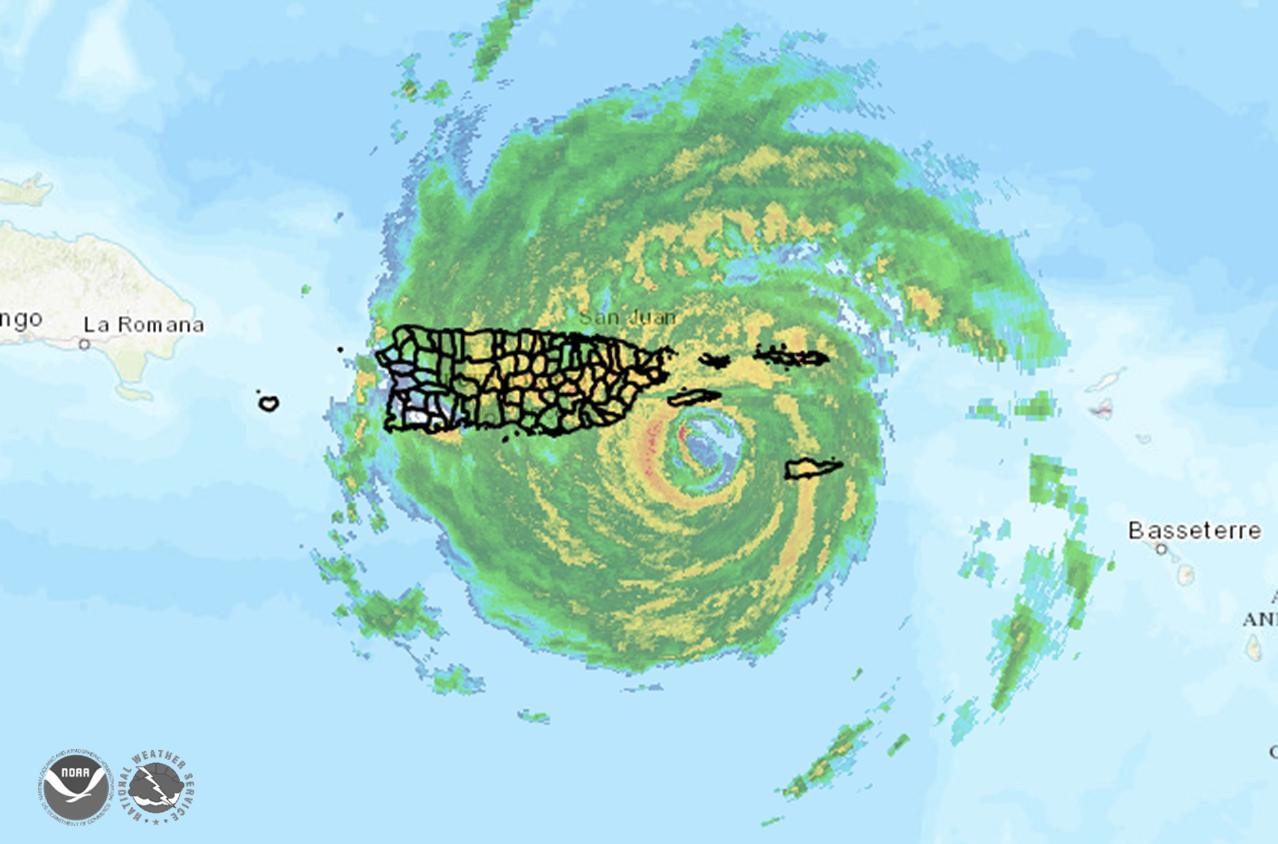
Figure 3: TJUA NEXRAD Radar at 354 AM AST showing the center of Hurricane Maria just south of Vieques.
++++++++++++++++++++++++
The CNN reporter on live a short while ago, told Don that Fiona continues to demolish the island and made numerous comparisons to Maria. Maybe he got it from her?
The graphic below tells a different story than the one they described:wq
https://www.nhc.noaa.gov/refresh/graphics_at2+shtml/054614.shtml?swath#contents
Very narrow strip in the far east of winds of 75+ MPH with Fiona
++++++++++++++++++++++++++++++++++++++++++++++++++++
Now, let's look at the winds with Maria below. Winds were around 50 mph stronger than Fiona, clocking in at over 130 mph.
http://thoughtleadership.aon.com/Documents/20180328-ab-if-hurricane-maria-recap.pdf
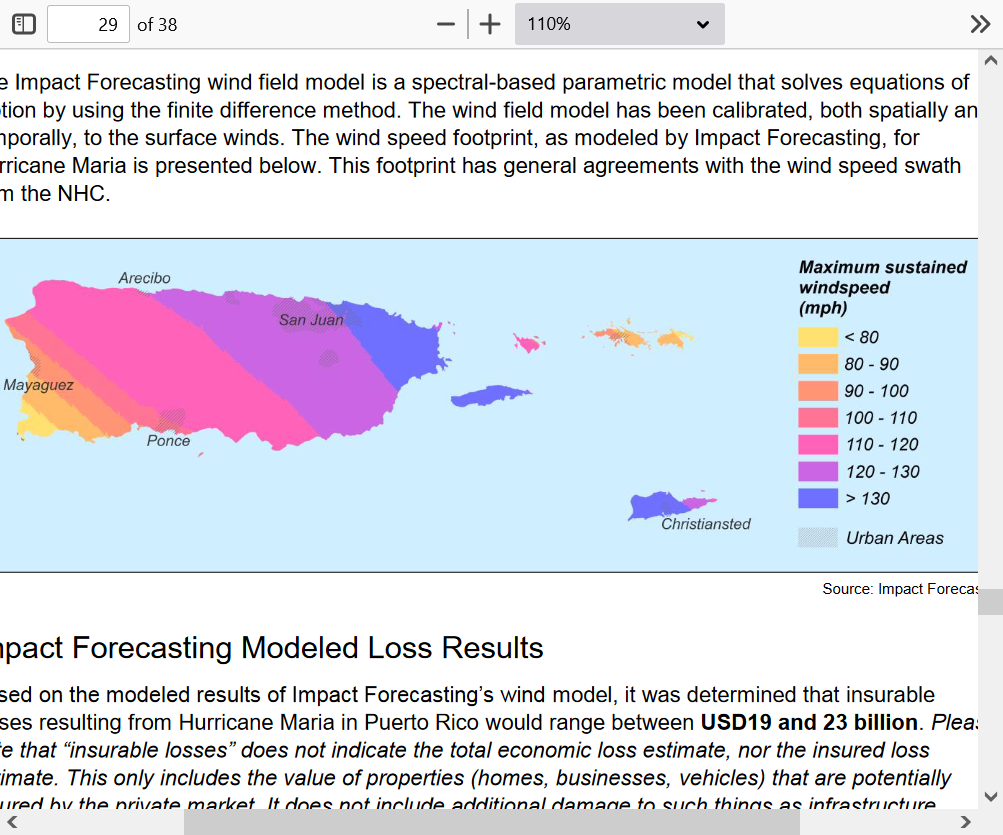
CNN should be ashamed of themselves for making so many comparisons equating this hurricane with Maria.
Fiona, as a minimal hurricane is certainly bad news and there was extreme rain/flooding but it's not even close to the same league as very strong cat. 4 hurricane Maria(when it hit Puerto Rico), 5 years ago.
https://en.wikipedia.org/wiki/Hurricane_Maria
Hurricane Maria was a deadly Category 5 hurricane that devastated the northeastern Caribbean in September 2017, particularly Dominica, Saint Croix, and Puerto Rico. It is regarded as the worst natural disaster in recorded history to affect those islands. The most intense tropical cyclone worldwide in 2017, Maria was the thirteenth named storm, eighth consecutive hurricane, fourth major hurricane, second Category 5 hurricane, and deadliest storm of the extremely active 2017 Atlantic hurricane season. Maria was the deadliest Atlantic hurricane since Mitch in 1998, and the tenth most intense Atlantic hurricane on record. Total monetary losses are estimated at upwards of $91.61 billion (2017 USD), mostly in Puerto Rico, ranking it as the third-costliest tropical cyclone on record.
Fiona is still out there!
The entire island of Puerto Rico lost power due to the storm's rain and winds.
https://abcnews.go.com/US/tropical-storm-fiona-leaves-dead-heads-puerto-rico/story?id=90056374
